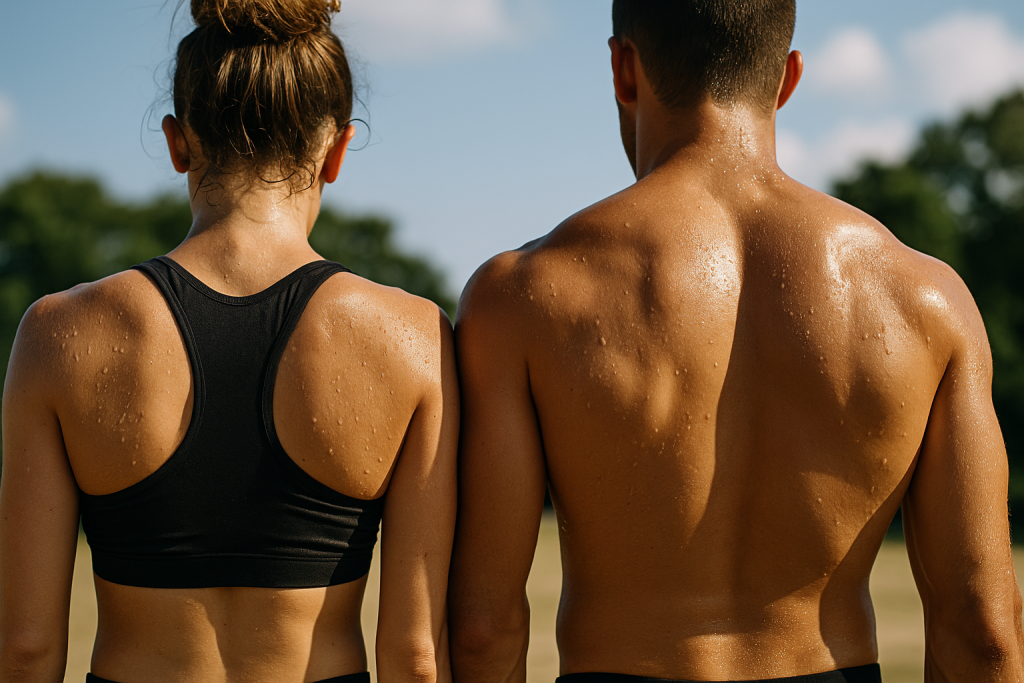
Training in the heat often feels like punishment. Every step is heavier, your heart pounds faster, and even easy runs feel like hard work. But here’s the secret: pushing your body in high temperatures can unlock adaptations you won’t get when the weather is mild. With the right approach, heat training doesn’t just make you tougher—it makes you physiologically stronger.
After just a few weeks of consistent sessions in warm conditions, your body starts to change. Plasma volume expands, which means your blood can carry more oxygen and cool you down more effectively. Your sweat response becomes smarter: you start sweating earlier, more evenly across your body, and with less sodium loss per drop. That’s your system learning to cool itself without draining your electrolytes. Even your resting heart rate and core temperature can drop, making your engine more efficient. On a cellular level, your body builds protective mechanisms—tiny stress shields—that prepare you to handle more load in the future. In short: training in the heat makes you more resilient, not just to temperature, but to training stress overall.
But let’s get one thing straight—heat is still a stressor. It’s not an excuse to run for hours under direct sun, pretending your slower pace means you’re “doing the work.” You’re not a diesel engine. You’re a human body, and heat exposure needs to be managed carefully. Think of it as a tool, not a punishment.
So how do you actually train smart in the heat? It starts before you even lace up. About half an hour to an hour before your session, drink 400–600 milliliters of cold water and make sure you get 500–700 milligrams of sodium. That could be an electrolyte drink, or simply water mixed with a splash of juice and a quarter teaspoon of salt. Dress in light, breathable fabrics, wear a cap, and pick a shaded route—or even a loop where you can access water easily.
Once you’re running, pace by effort, not by the numbers on your watch. Expect your heart rate to run 5–15 beats higher than usual and adjust accordingly. Sip 100–200 milliliters of cold fluid every 15–20 minutes to stay on top of hydration. If your heart rate spikes or you feel lightheaded, take a quick break in the shade for 30–60 seconds. Heat training isn’t about proving how much suffering you can endure—it’s about consistency and smart adaptation.
Recovery matters just as much. Within the first 30 minutes after training, aim to rehydrate with about one and a half times the fluid you lost through sweat. If you didn’t weigh yourself, 500–750 milliliters is a solid ballpark. Replace 500–1000 milligrams of sodium—this could be through sports drinks, a pack of electrolytes, or even a handful of salted pretzels. Then actively cool down with shade, a fan, or a cold towel to bring your core temperature back to baseline.
The bottom line? Heat training works, but only if you respect the stress it puts on your body. Be smart, don’t be a hero. The goal is to build resilience and strength, not to end up as a cautionary tale. If you feel like you’re cooking out there—you probably are.

Schreibe einen Kommentar